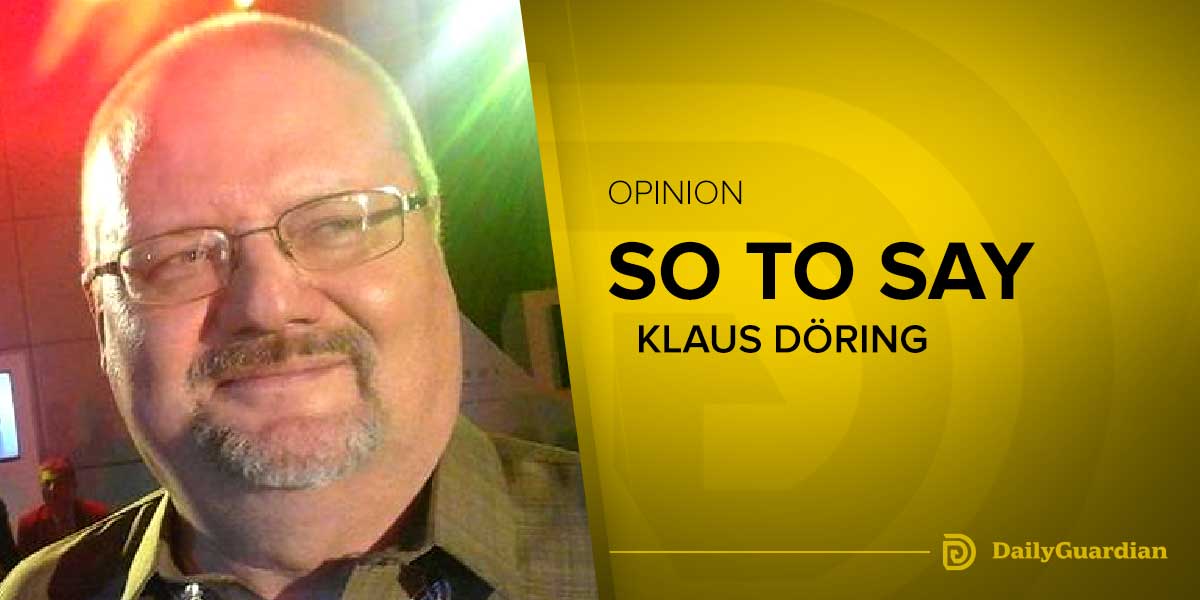![]() By: Reyshimar Arguelles
By: Reyshimar Arguelles
LINO BROCKA’S film “Maynila sa Kuko ng Liwanag” was a harrowing tale of the social realities that haunted his time and still haunts us today. It could pass off as an apt allegory of the nation itself as it is forced to resurrect its identity in the midst of widespread decay.
Any film student or art buff could recount how the film is able to capture vividly Manila as a portal that could transform angels into demons. As we follow the main character Julio as he travels deeper into the concrete monster’s underbelly as he searches for Ligaya.
Much has been said about the symbolism that pepper the film, but what cements this film’s legacy is the fact that it serves as a horrid portrait of the capital as a death trap of hopes.
This has become the fate of Manila during the post-war years. Littered with ruins and trash and scores of human life all huddled together in shanties that form a large part of Tondo, the capital has been cursed with a reputation that writers and artists like Brocka would infuse into their work.
But there is beauty to be found under Manila’s grotesque visage. It has helped nurture talents and leaders and its historical significance should never be overlooked either. Before it became a place of decay, Manila was the crown jewel of the Spanish East Indies, where it became every bit the economic and cultural center the Spaniards wanted it to be.
Manila is everything to Manileños so much as it is an important part of being Filipino. It has all its contradictions, but all of it, the good and the bad, are all part of what makes Manila a mystery that artists like Brocka wanted to confront. Ilonggo writer Miguel Syjuco, in his seminal novel Illustrado, has this to say:
“You can’t bring an unwritten place to life without losing something substantial. Manila is the cradle, the graveyard, the memory. The Mecca, the Cathedral, the bordello. The shopping mall, the urinal, the discotheque. I’m hardly speaking in metaphor. It’s the most impermeable of cities. How does one convey all that?”
All this has convinced people that all is not lost for this significant part of this country’s rich history, so much so that it has to be well-equipped for the future. Which is why incumbent Mayor Isko Moreno is doing everything he can to right what has been done wrong to the city.
After inauguration day, he went straight to work, vowing to transform the city to its former glory. This would involve decongesting the streets of vendors, particularly along Claro M. Recto Avenue, infamous for its jam packed crowds who flood the Divisoria commercial center. The area itself has become an indicator of what it’s like to be a Manileño. you couldn’t really feel that you’re in Manila without worming your way through the chaos of commercial activity that takes place there.
For Moreno, however, drastic change is necessary to cleanse Manila of the filth that has covered it ever since. He vows to “move heaven and earth” to clean Manila down to the last alley. This has earned him praise and also a few raised eyebrows from people who see this as nothing short of grandstanding.
But whichever way you look at it, Mayor Moreno is actually doing something right. Considering that we have already reached the pinnacle of action-oriented politics, Moreno’s plans for his constituents are nothing short of impractical. He has a point that Manila is sick and that it needs to be cured of this malady that has kept it from becoming an important cultural and economic beacon. To prove how serious he is, he has vowed to uncover anomalies in the city’s coffers.
Much like any other capital city, Manila is a living breathing character. But going beyond such monikers as the “gateway to Hell,” this so-called heart of darkness could very well be the light that never goes out.





















